
In a Nova Scotia research lab, the last hope for an ancient fish species
Racing against time, dwindling habitat and warming waters, scientists are trying to give this little-known...
Bella Bella, B.C. — One of the first things I noticed as I stepped into the Bella Bella airport’s one-room waiting area was a notice board covered in job postings for the Big House opening in October.
It was all hands on deck as the Heiltsuk Nation prepared to open its first new Big House in 120 years. Everyone I met during my four days in Heiltsuk territory was brimming with excitement for the grand opening — from passengers on the seabus to students helping with painting to the Coastal Guardian Watchmen.
To understand the significance of this moment, one has to understand a bit of the history of this place.
At one time the Heiltsuk had more than 50 village sites on the central coast of what is now known as British Columbia. Colonization — and the accompanying smallpox and influenza — reduced the Heiltsuk from a population of more than 10,000 to just 200 people, consolidated in one village. Their big houses were burnt to the ground.
For decades, the customs of the Heiltsuk were driven underground. Now, with the opening of the Big House earlier this month, those practices will be honoured in a sacred place once more.
“It’s going to fill a void that we didn’t know was there,” said elected chief councillor Marilyn Slett. “We’re so strong right now as a people, but I know when that Big House is built, watch out.”
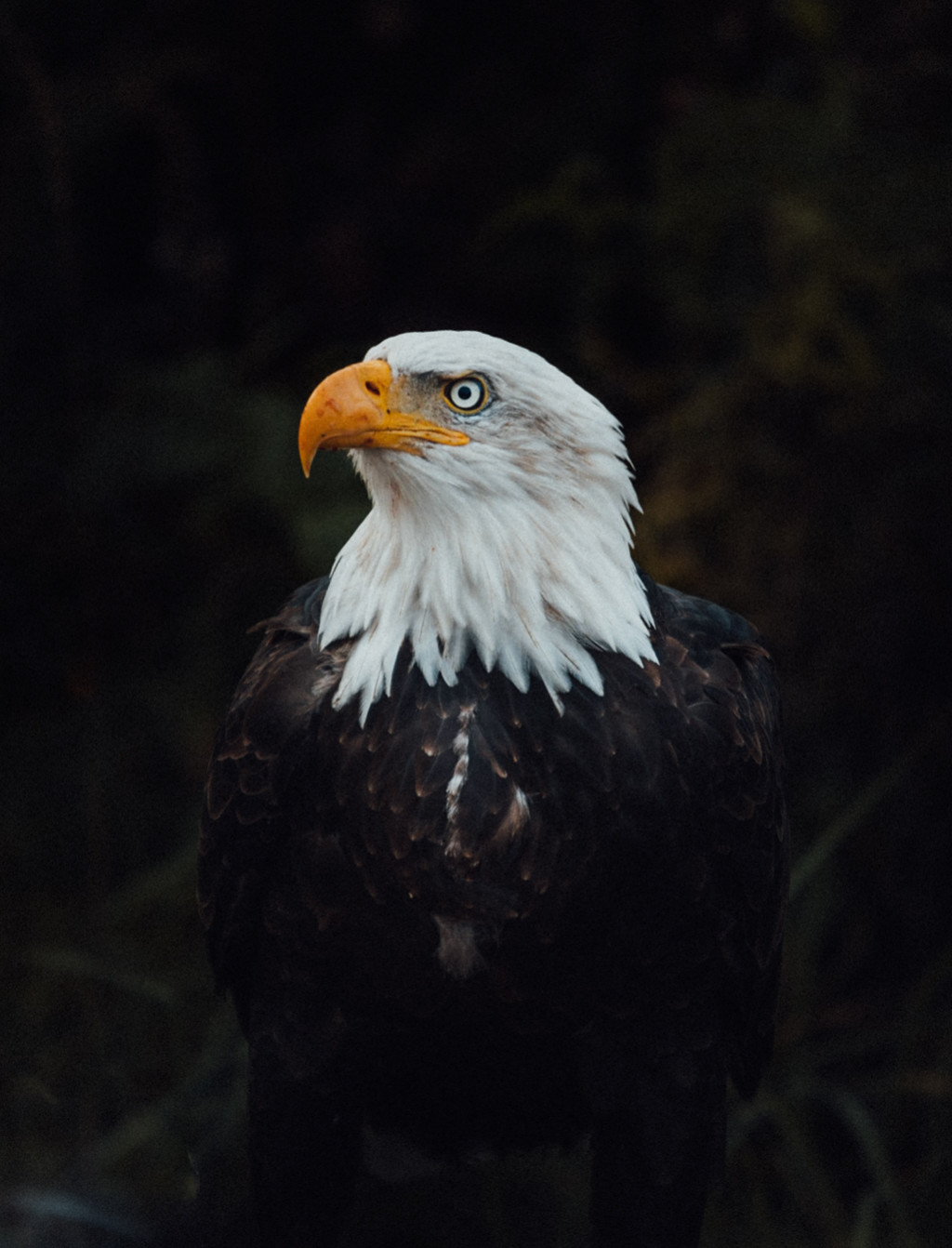
A bald eagle in Bella Bella, B.C. Photo: Louise Whitehouse / The Narwhal
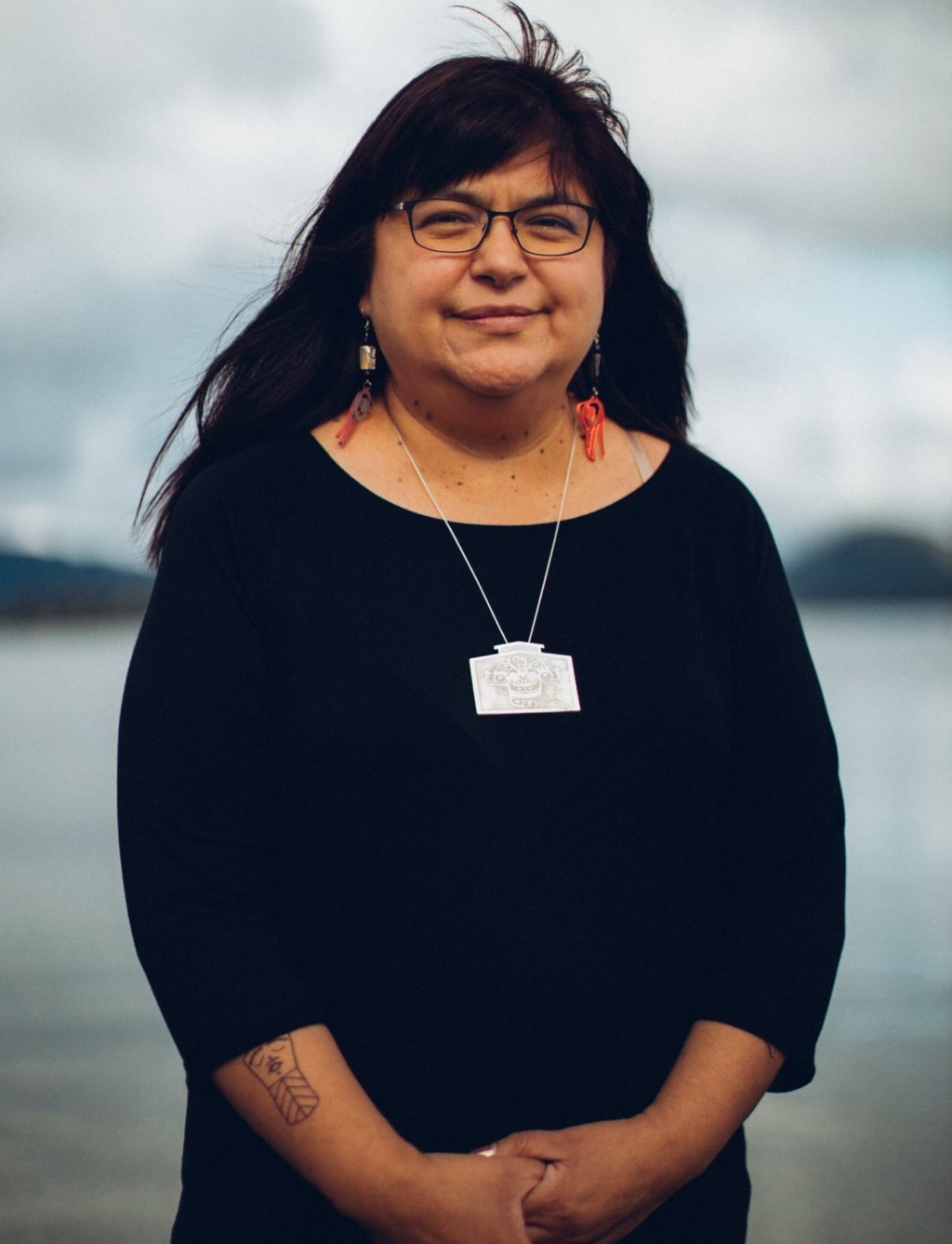
Heiltsuk elected chief councillor Marilyn Slett. Photo: Louise Whitehouse / The Narwhal
The Big House is just the tip of the iceberg in terms of the cultural resurgence happening in Heiltsuk territory.
The cultural programs are almost too many to count. Students learn to smoke fish during “Salmon Day” at the local school and youth attend cultural rediscovery and science programs during the summer at Koeye Camp
.
Those “campers” are returning to the community in large numbers to take up leadership positions. Jess Housty, acting executive director of Qqs Projects Society, is one of them.
“This past summer when we were at our youth camp, we had second-generation campers in critical mass numbers for the first time,” Housty said. “We know that people who were campers in my day … are now sending their children out there.”
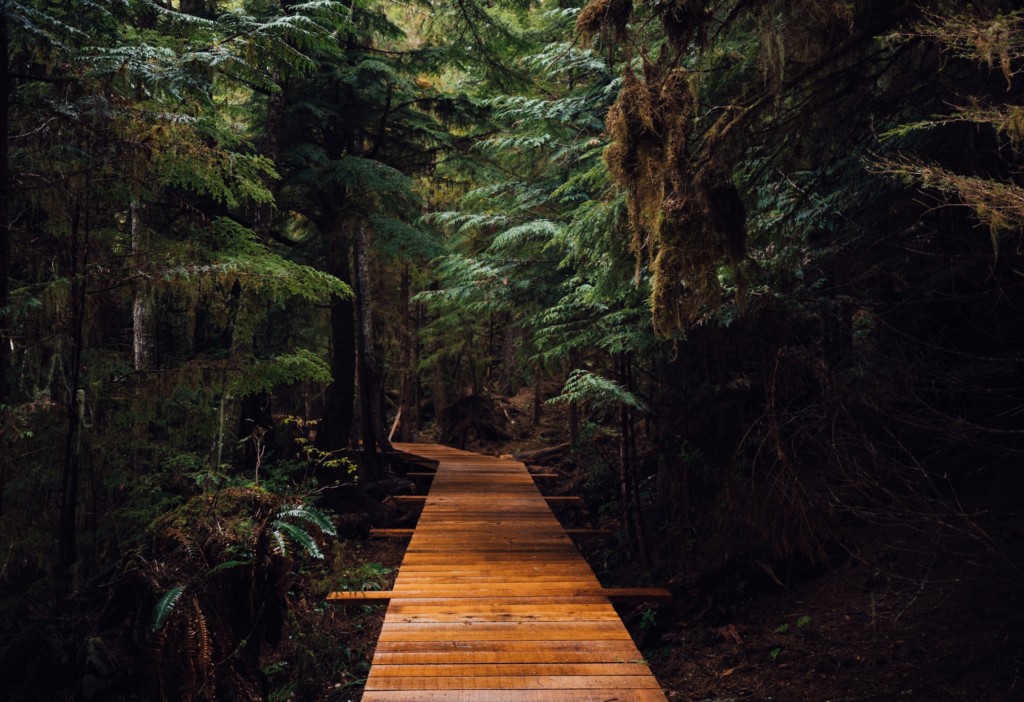
The new boardwalk at the Kunsoot Wellness Project, which is being build to be accessible to elders and people of all levels of mobility. Photo: Louise Whitehouse / The Narwhal
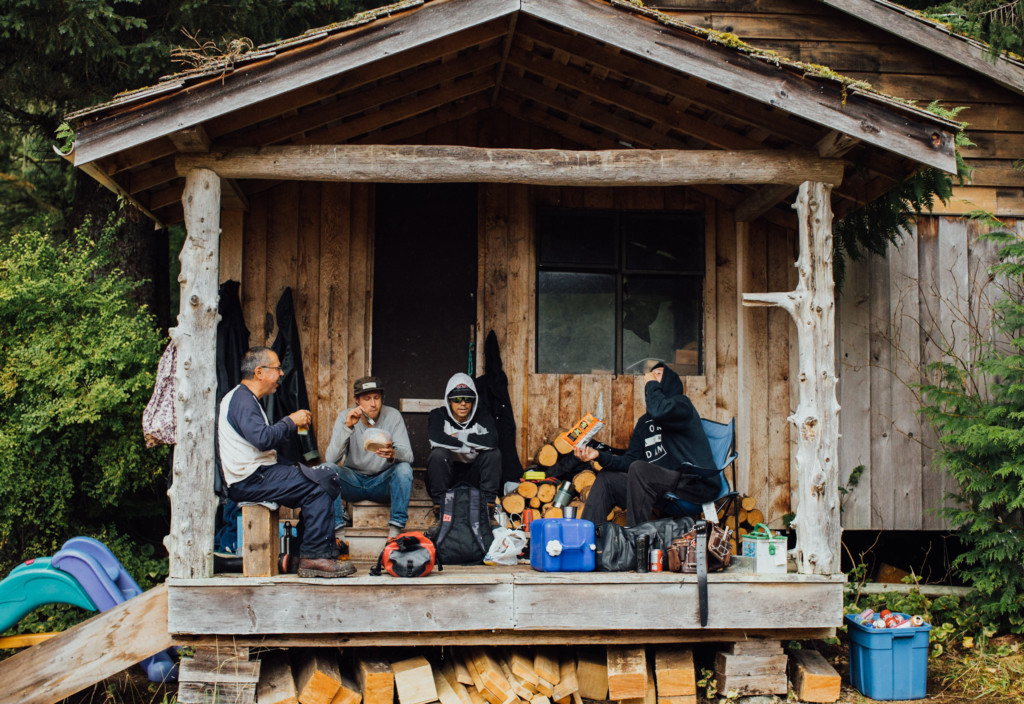
A building crew takes a break at an old cultural cabin at the site of the new Kunsoot Wellness Project. Photo: Louise Whitehouse / The Narwhal
The opening of the Big House provides a moment to reflect on all of the progress that’s been made in the last generation.
“I’m in my early 30s and I’m in the first generation in my family where no one was apprehended to residential school and no one lived under the potlatch ban and our culture being illegal,” Housty said. “Sometimes we talk about that like it’s ancient history, but it’s actually such a close thing that still has resounding impacts on the way we live our lives now.”
Housty and her father, Larry Jorgensen, took us on a tour of the Kunsoot Wellness Project, a land-based healing centre that will be home to family camps, retreats and school field trips starting in spring 2020.
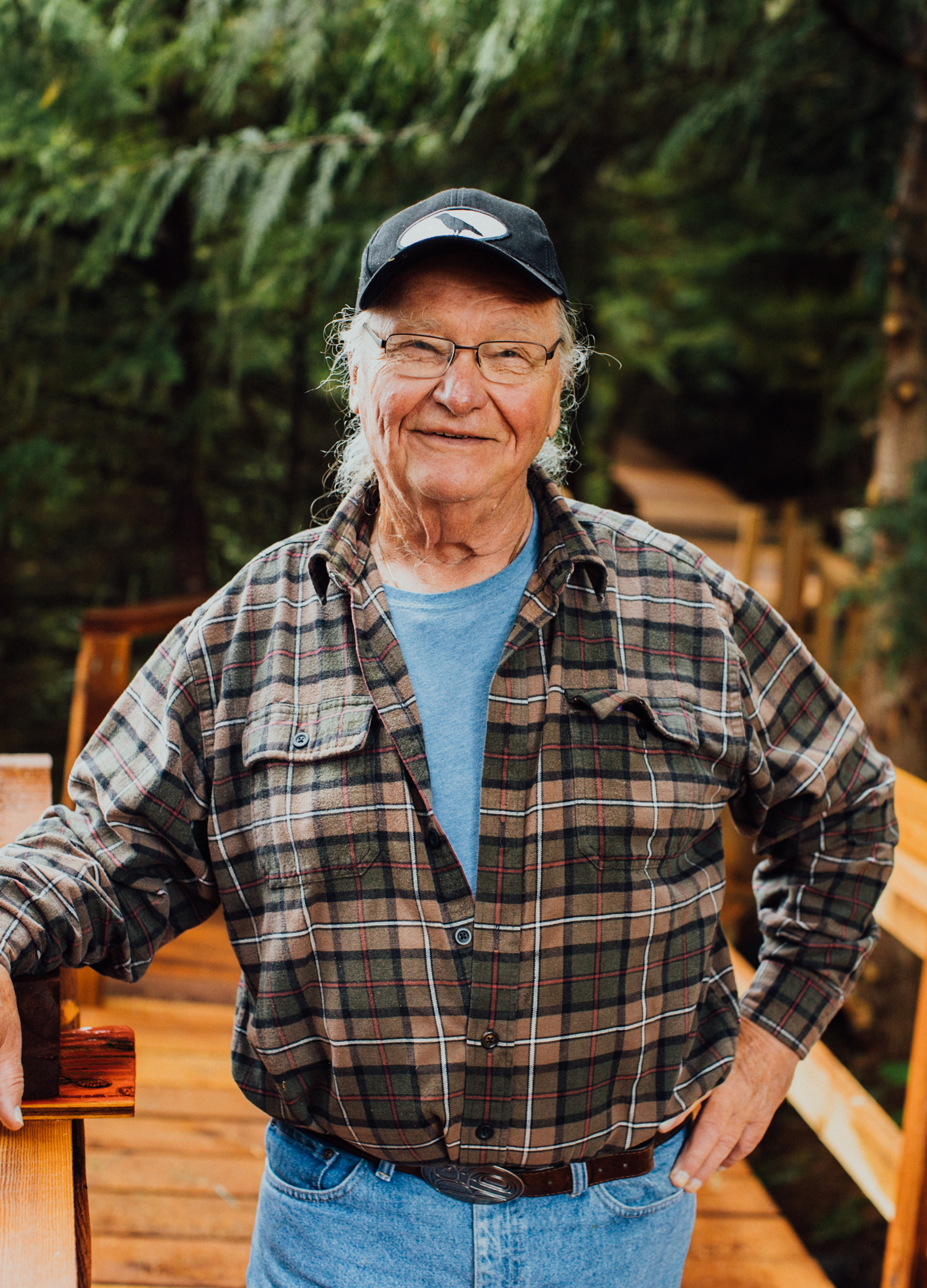
Larry Jorgensen at the site of the new Kunsoot Wellness Project. Photo: Louise Whitehouse / The Narwhal
“To pause and look around at everything that’s happening in our territory right now and in our community, to know that they tried to strip us of our culture and know we’re opening a huge, beautiful Big House that is a sacred space to practice the customs that our ancestors kept alive through all of that,” Housty said.
“To know that they tried to remove us from our land and our traditional resources and yet we have things on the horizon like Kunsoot that are opportunities for us to re-occupy the spaces where our ancestors lived, to know that my generation and the generations that are coming after me can live their best lives as Heiltsuk people unfettered by the laws that regulated us off of our territory and away from our culture, I think is just incredible.”
Get the inside scoop on The Narwhal’s environment and climate reporting by signing up for our free newsletter. On March 17, federal Conservative Leader Pierre Poilievre...
Continue reading
Racing against time, dwindling habitat and warming waters, scientists are trying to give this little-known...

From investigative reporting to stunning photography, we’ve been recognized with four 2024 CAJ Awards nods...

The Narwhal is expanding its reach on video platforms like YouTube and TikTok. First up?...
